Home>diy>Architecture & Design>How Much Do CAD Designers Get Paid
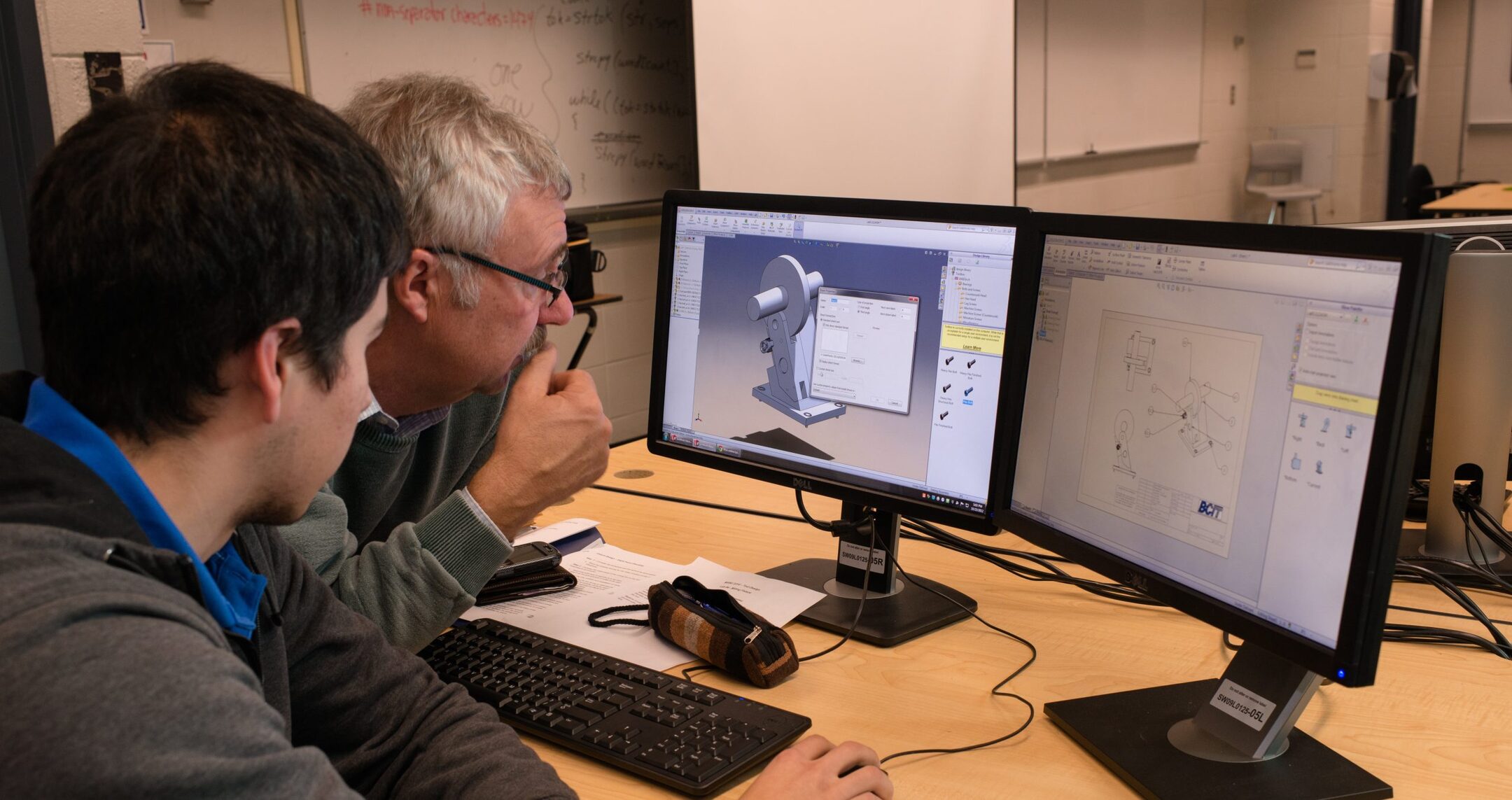

Architecture & Design
How Much Do CAD Designers Get Paid
Modified: January 4, 2024
Discover the average salary of CAD designers in the architecture and design industry. Explore the earning potential for architecture design professionals.
(Many of the links in this article redirect to a specific reviewed product. Your purchase of these products through affiliate links helps to generate commission for Storables.com, at no extra cost. Learn more)
Introduction
Welcome to the world of Computer-Aided Design (CAD) designers! In today’s modern era, where technology is advancing at an unprecedented pace, the demand for skilled CAD designers has skyrocketed. These professionals play a crucial role in various industries, from architecture and engineering to product design and manufacturing. But have you ever wondered how much these talented individuals earn for their expertise?
In this article, we will delve into the world of CAD designer salaries and explore the factors that influence their earnings. Whether you are an aspiring CAD designer looking to understand the potential financial rewards or a curious observer seeking insights into this field, we invite you on this informative journey.
Before we dive into the nitty-gritty details, it is essential to understand that a CAD designer’s salary is contingent upon various factors. These factors include experience, skills, qualifications, industry, location, and job market conditions. By examining the interplay of these factors, we can gain insights into how salaries are determined within the CAD design profession.
Now, let us explore the average salary range for CAD designers. Keep in mind that these figures may vary depending on the specific circumstances and individual factors. It is crucial to consider this information as a general reference and not as an exact representation of what every CAD designer earns.
So, join us as we unveil the intriguing world of CAD designer salaries. Discover the earnings potential, regional differences, job prospects, and essential skills required to excel in this field. Let us embark on this enlightening journey together!
Key Takeaways:
- CAD designers’ salaries range from $55,000 to $75,000 annually, with potential to exceed $100,000 for senior-level positions. Factors such as experience, specialization, industry, and location influence earning potential.
- Regional differences impact CAD designer salaries, with major metropolitan areas offering higher pay. Job prospects are favorable, especially in growing industries and with the rise of remote work opportunities. Technical skills, problem-solving abilities, and continuous learning are essential for success in this field.
Factors Influencing CAD Designer Salaries
Several key factors contribute to the determination of a CAD designer’s salary. Understanding these factors is crucial for both aspiring CAD designers and employers seeking to attract and retain top talent in the field. Let’s take a look at some of the primary influencers:
- Experience: Like in many professions, experience plays a significant role in determining CAD designers’ salaries. While entry-level designers may start at a lower salary, those with several years of experience and a proven track record of successful projects can demand higher compensation.
- Skills and qualifications: The specific skills and qualifications possessed by CAD designers can greatly impact their earning potential. Designers with advanced knowledge of industry-standard software, such as AutoCAD, Solidworks, or Revit, may command higher salaries. Additionally, specialized skills in areas like 3D modeling, architectural design, or mechanical engineering can contribute to increased earning power.
- Industry: The industry in which a CAD designer works can significantly influence their salary. For example, designers in the architecture and engineering sectors may earn higher salaries compared to those working in manufacturing or graphic design. The complexity and scope of projects, as well as the demand for CAD expertise within a particular industry, can impact salary levels.
- Location: Geographic location has a substantial impact on CAD designer salaries. Salaries in major metropolitan areas with a high cost of living and a strong demand for CAD professionals tend to be higher. On the other hand, regions with a lower cost of living or less demand for CAD skills may offer lower salaries.
- Job market conditions: The overall job market conditions can influence the salaries of CAD designers. In a competitive market where demand outstrips supply, designers may have more negotiating power and thus command higher salaries. Conversely, in a market with a surplus of designers and limited job opportunities, salaries may be more modest.
It is important to note that these factors interplay with each other, creating a dynamic landscape for CAD designer salaries. A designer with extensive experience, specialized skills, and working in a high-demand industry in a major city is likely to have a higher earning potential compared to someone with fewer qualifications or working in a less lucrative market.
Now that we have explored the major influencers of CAD designer salaries, let us dive into the average salary range for these professionals. By understanding these salary ranges, you can gain a clearer picture of what you can expect as a CAD designer or what you should offer as an employer seeking to hire top talent in the field.
Average Salary for CAD Designers
The average salary for CAD designers varies depending on various factors such as experience, skills, qualifications, industry, and location. While it is important to remember that these figures are general estimates and may differ based on individual circumstances, they provide a helpful reference point for understanding the earning potential in this field.
According to the most recent data available, the average annual salary for CAD designers in the United States is around $55,000 to $75,000. However, it is important to note that this range can vary significantly based on the factors mentioned earlier.
Entry-level CAD designers with limited experience may start at a lower salary range of $40,000 to $50,000 per year. As they gain more experience and prove their skills, their earning potential increases. Mid-level CAD designers with a few years of experience can expect to earn between $60,000 to $80,000 per year.
For highly skilled and experienced CAD designers with advanced qualifications and expertise in specialized areas, the salary range can reach upwards of $100,000 or more per year. These professionals often take on senior or leadership roles within their companies and may have additional responsibilities and higher expectations placed upon them.
It is worth noting that the average salary for CAD designers may also vary depending on the industry in which they work. For example, CAD designers in the architecture and engineering sectors tend to have higher earning potential due to the complex nature of the projects they work on. On the other hand, those in manufacturing or graphic design may have slightly lower average salaries.
When considering the average salary for CAD designers, it is important to keep in mind that these figures can vary significantly based on geographic location. In major metropolitan areas with a high cost of living and strong demand for CAD professionals, salaries tend to be higher. In contrast, smaller cities or regions with a lower cost of living and less demand for CAD skills may offer lower average salaries.
Now that we have a better understanding of the average salary range for CAD designers, let us explore the broader salary range that encompasses both entry-level and senior-level positions in this field.
Salary Range for CAD Designers
The salary range for CAD designers can vary significantly based on various factors such as experience, skills, qualifications, industry, and location. Understanding this range can provide valuable insight into the potential earnings in this field.
At the lower end of the salary range, entry-level CAD designers with limited experience can expect to earn around $40,000 to $50,000 per year. These individuals are typically just starting their careers and may be working on less complex projects or assisting senior designers.
As CAD designers gain more experience and skills, their salary range expands. Mid-level CAD designers with several years of experience can earn between $60,000 to $80,000 per year. These professionals have a solid foundation in CAD design and may take on more significant responsibilities, such as leading projects or supervising junior designers.
For CAD designers who have reached a senior-level position, the salary range can go beyond $100,000 per year. These individuals have extensive experience, advanced qualifications, and specialized expertise. They often lead design teams, take on complex projects, and contribute to strategic decision-making within their organizations.
Specialized skills and qualifications can also impact the salary range for CAD designers. Those with expertise in areas such as 3D modeling, architectural design, or mechanical engineering may command higher salaries due to the higher value they bring to projects. CAD designers who possess advanced knowledge of industry-standard software, such as AutoCAD or Solidworks, may also have a wider salary range.
Industry and geographic location are two additional factors that influence the salary range for CAD designers. As mentioned earlier, designers in the architecture and engineering sectors tend to have higher earning potential compared to those in manufacturing or graphic design. Similarly, salaries can vary based on geographic location, with major metropolitan areas offering higher salary ranges compared to smaller cities or regions with a lower cost of living.
It is essential to consider that the salary range mentioned here is a general estimate and may vary based on individual circumstances. Other factors, such as company size, market demand, and economic conditions, can also influence the salary range for CAD designers.
Now that we have explored the salary range for CAD designers, let us dive into the regional differences in salaries within this profession.
CAD designers can increase their earning potential by obtaining certifications such as Autodesk Certified Professional or SolidWorks Certified Professional. These certifications can demonstrate expertise and lead to higher-paying opportunities.
Regional Differences in CAD Designer Salaries
When it comes to CAD designer salaries, there are notable regional differences that can significantly impact earning potential. These variations are driven by factors such as cost of living, demand for CAD professionals, and local job markets. Let’s take a closer look at how CAD designer salaries differ across different regions.
1. Major Metropolitan Areas: In major cities like New York, Los Angeles, or San Francisco, the cost of living is generally higher. Consequently, CAD designers working in these areas typically earn higher salaries. These cities also have a higher concentration of design firms, engineering companies, and architectural firms, which results in greater demand for CAD professionals. The increased competition for talent can lead to more competitive salaries.
2. Secondary and Tertiary Cities: In smaller cities or regions with a lower cost of living, CAD designer salaries tend to be more modest. These areas may have fewer design or engineering firms, leading to less demand for CAD professionals. As a result, salaries may be lower compared to major metropolitan areas. However, the lower cost of living can offset this difference, providing a more affordable lifestyle.
3. International Markets: Outside of the United States, CAD designer salaries can vary widely based on the country and its economic conditions. Developed countries with strong design and engineering industries, such as Germany or Japan, tend to offer higher salaries compared to developing countries where the demand for CAD professionals may be lower.
4. Rural and Remote Areas: In rural or remote areas, where the demand for CAD designers may be limited, salaries may be lower compared to urban areas. Companies in these regions may struggle to attract top talent and therefore offer lower salaries. However, living expenses in these areas are often lower as well, which can balance out the difference in pay.
It’s important to note that regional differences in CAD designer salaries are influenced by multiple factors, and variations can exist within a specific region. Economic conditions, industry specialization, and even the unique needs of local markets can all affect salaries. Additionally, remote work arrangements and the rise of freelance CAD designers have also contributed to the blurring of regional salary boundaries.
Therefore, it’s vital for CAD designers to research and consider the specific regional dynamics when evaluating salary expectations. The total compensation package, including benefits, bonuses, and opportunities for growth, should also be taken into account when comparing salaries across regions.
Now that we have explored the regional differences in CAD designer salaries, let’s move on to understanding job prospects in this field.
Job Prospects for CAD Designers
CAD designers continue to be in high demand across various industries, creating favorable job prospects for those with the right skills and qualifications. The increasing reliance on computer-aided design in product development, architectural design, and engineering has resulted in a growing need for skilled CAD professionals. Let’s explore the job prospects for CAD designers in more detail.
1. Growth in Design and Engineering Industries: With advancements in technology and the increasing complexity of designs, industries such as architecture, engineering, manufacturing, and construction have a constant demand for CAD designers. These sectors are expected to continue growing, providing stable and abundant job opportunities for CAD professionals.
2. Industry Specialization: CAD designers who specialize in specific industries, such as automotive design, aerospace engineering, or civil engineering, have excellent job prospects. Their expertise and understanding of industry-specific standards and regulations make them highly sought after by companies operating in those fields.
3. Emerging Technologies: The rise of emerging technologies, such as virtual reality, 3D printing, and cloud computing, has opened up new avenues for CAD designers. These technologies require CAD professionals to adapt and acquire additional skills to stay relevant in the industry. Those who are willing to embrace these advancements and stay updated with the latest tools and techniques will have better job prospects.
4. Remote Work Opportunities: The COVID-19 pandemic has accelerated the adoption of remote work. Many companies now recognize the benefits of hiring remote CAD designers, allowing them to tap into a global talent pool. This trend has expanded job prospects for CAD designers, as they can work for companies located anywhere in the world without being restricted by geographical limitations.
5. Freelancing and Contract Work: The gig economy has also opened up opportunities for CAD designers to work as freelancers or on a contract basis. Many companies prefer hiring CAD professionals on a project-by-project basis, providing flexibility to both the designer and the employer. This allows CAD designers to have a diverse portfolio of clients and take on different projects, enhancing their professional growth and financial prospects.
However, it is important to note that competition for CAD design positions can be intense, especially in highly sought-after industries or regions. To improve job prospects, CAD designers should focus on continuously developing their skills, staying updated with the latest software and industry trends, and showcasing a strong portfolio of their work.
Now that we have explored the promising job prospects for CAD designers, let’s move on to understanding the essential skills and qualifications required to excel in this field.
Skills and Qualifications for CAD Designers
To excel as a CAD designer, there are certain skills and qualifications that are essential for success in this field. Possessing a combination of technical expertise and creative problem-solving abilities can make a CAD designer invaluable in today’s competitive job market. Let’s explore the key skills and qualifications required to thrive as a CAD designer.
1. Proficiency in CAD Software: A strong command of industry-standard CAD software is crucial for CAD designers. Proficiency in software such as AutoCAD, SolidWorks, Revit, or CATIA is highly desired by employers. These tools are the backbone of CAD design and understanding their functionality and capabilities is essential for creating accurate and visually compelling designs.
2. Technical Drawing Skills: CAD designers need to have a solid foundation in technical drawing skills. This includes a thorough understanding of geometric dimensioning and tolerancing (GD&T), blueprint reading, and knowledge of industry-specific drafting standards. The ability to create precise drawings with accurate measurements and annotations is vital in ensuring the manufacturing or construction of the design goes smoothly.
3. 3D Modeling and Visualization: CAD designers should be skilled in creating 3D models and visualizations of their designs. This involves understanding 3D modeling techniques, using parametric modeling features, and applying materials, textures, and lighting to create realistic renderings. An eye for aesthetics and the ability to present designs in an engaging and visually appealing manner is essential.
4. Problem-solving and Critical Thinking: CAD designers encounter complex design challenges regularly, requiring strong problem-solving and critical thinking skills. Being able to analyze and identify design flaws or potential issues and propose effective solutions is essential. CAD designers must also consider factors such as functionality, manufacturability, and cost-efficiency while designing.
5. Industry Knowledge: Having a deep understanding of the industry in which a CAD designer works is key to success. For example, CAD designers in architecture should be familiar with architectural principles and building codes, while those in mechanical engineering should have knowledge of engineering principles and materials. Understanding industry-specific terminology, workflows, and best practices is crucial for effective collaboration within a team.
6. Communication and Collaboration: CAD designers often work as part of a team, collaborating with architects, engineers, project managers, and other stakeholders. Strong communication and collaboration skills are therefore essential to effectively convey design ideas, incorporate feedback, and work collaboratively towards project goals. Clear and concise communication helps ensure the accurate representation of design intent.
7. Continuous Learning: The field of CAD design is continuously evolving, with new software updates and emerging techniques. CAD designers should be proactive in staying updated with the latest industry trends, software enhancements, and design methodologies. The willingness to learn and adapt to new technologies and techniques will keep CAD designers at the forefront of the industry.
When it comes to qualifications, most employers prefer CAD designers with a formal education in a relevant field such as industrial design, mechanical engineering, or architecture. A degree or certification in computer-aided design or a related discipline lends credibility and demonstrates a solid foundation of knowledge in CAD principles and practices.
Furthermore, building a portfolio showcasing a diverse range of design projects helps demonstrate practical experience and mastery of CAD tools and techniques. Employers often look for a combination of formal education, practical experience, and a strong portfolio when evaluating potential CAD designers.
Now that we have explored the essential skills and qualifications for CAD designers, let’s conclude our journey through the world of CAD designer salaries.
Conclusion
As we conclude our exploration of CAD designer salaries, we have gained valuable insights into the factors that influence earning potential in this field. From experience and skills to industry and location, various elements contribute to the salary range for CAD designers.
On average, CAD designers can expect to earn around $55,000 to $75,000 per year, with entry-level positions starting around $40,000 and senior-level positions exceeding $100,000 annually. These figures are influenced by factors such as experience, specialization, industry, and geographic location.
We also discovered that regional differences in CAD designer salaries exist. Major metropolitan areas with a high cost of living and strong demand for CAD professionals tend to offer higher salaries, while smaller cities or regions may have more modest salary ranges. Consideration should be given to the specific dynamics of each region when evaluating potential earnings.
Additionally, CAD designers enjoy favorable job prospects in industries such as architecture, engineering, manufacturing, and construction. The growth of these sectors, coupled with advancements in technology and emerging design trends, opens up exciting opportunities for CAD professionals.
To thrive as a CAD designer, a combination of technical skills, problem-solving abilities, industry knowledge, and effective communication is essential. Proficiency in CAD software, technical drawing skills, 3D modeling expertise, and critical thinking capabilities are key attributes for success in this field. Continuous learning, adaptability, and a strong portfolio also contribute to the overall competence of a CAD designer.
As the CAD design industry evolves, it is crucial for designers to stay abreast of emerging technologies, industry trends, and changing market demands. The ability to adapt and acquire new skills will ensure that CAD designers remain valuable assets within their organizations and competitive in the job market.
Whether you are an aspiring CAD designer looking to understand the earning potential or an employer seeking top talent, we hope this article has provided valuable insights into the world of CAD designer salaries. By considering the various factors that influence salaries, you can make informed decisions and navigate the dynamic landscape of CAD design with confidence.
Now, armed with knowledge and understanding, you are ready to pursue your path in the exciting realm of CAD design. Embrace the opportunities, sharpen your skills, and let your creative designs shape the future.
Frequently Asked Questions about How Much Do CAD Designers Get Paid
Was this page helpful?
At Storables.com, we guarantee accurate and reliable information. Our content, validated by Expert Board Contributors, is crafted following stringent Editorial Policies. We're committed to providing you with well-researched, expert-backed insights for all your informational needs.
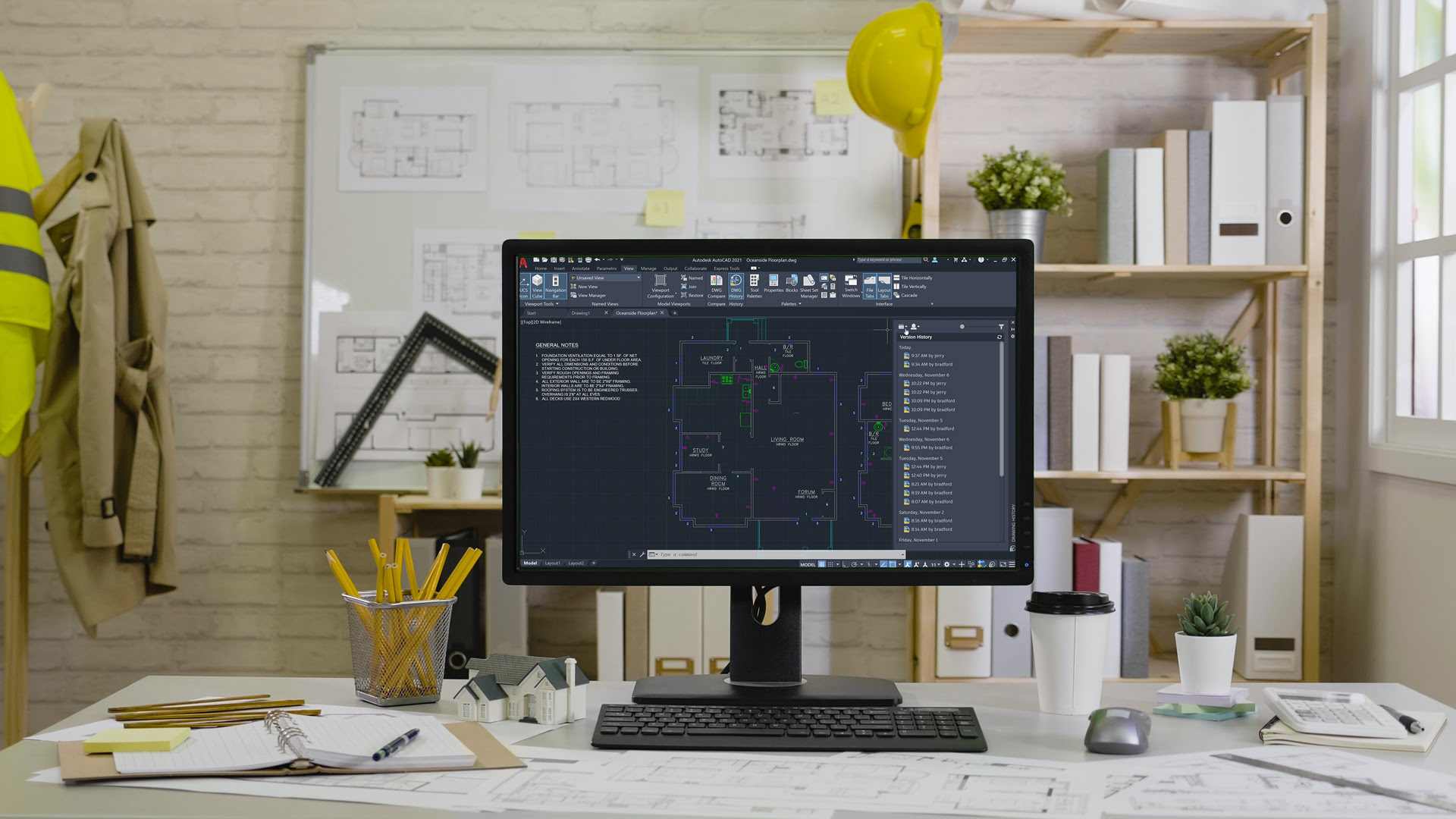





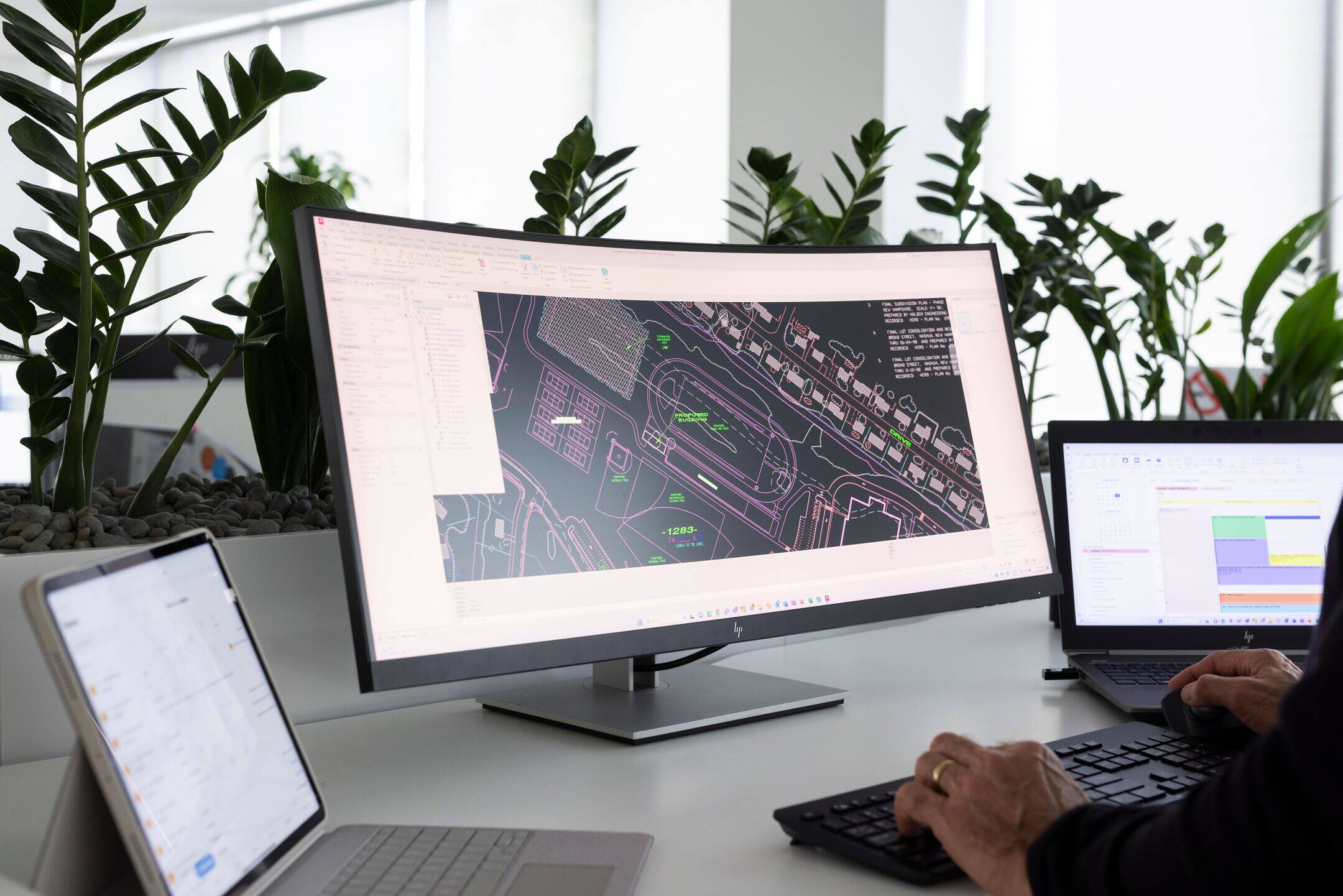
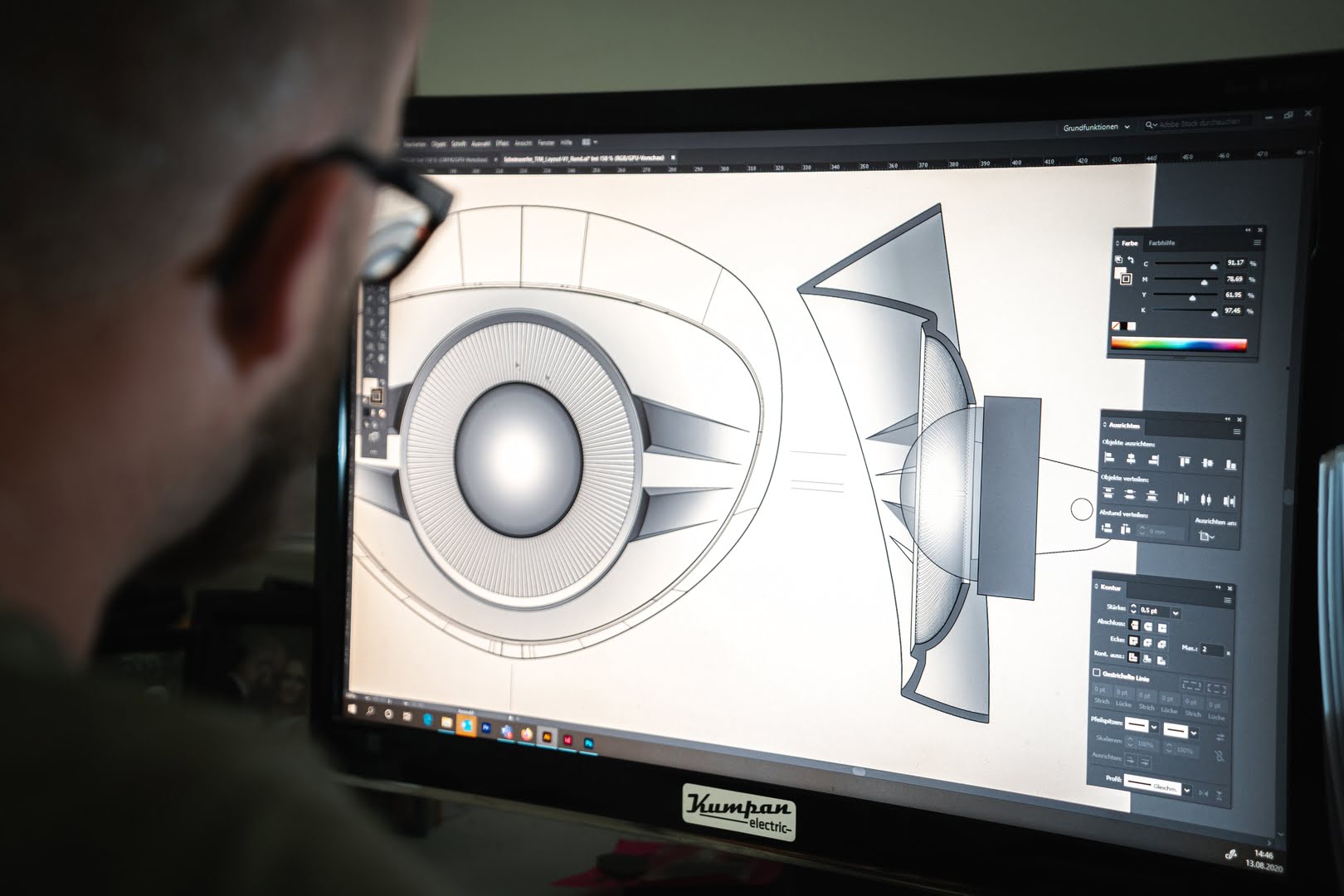

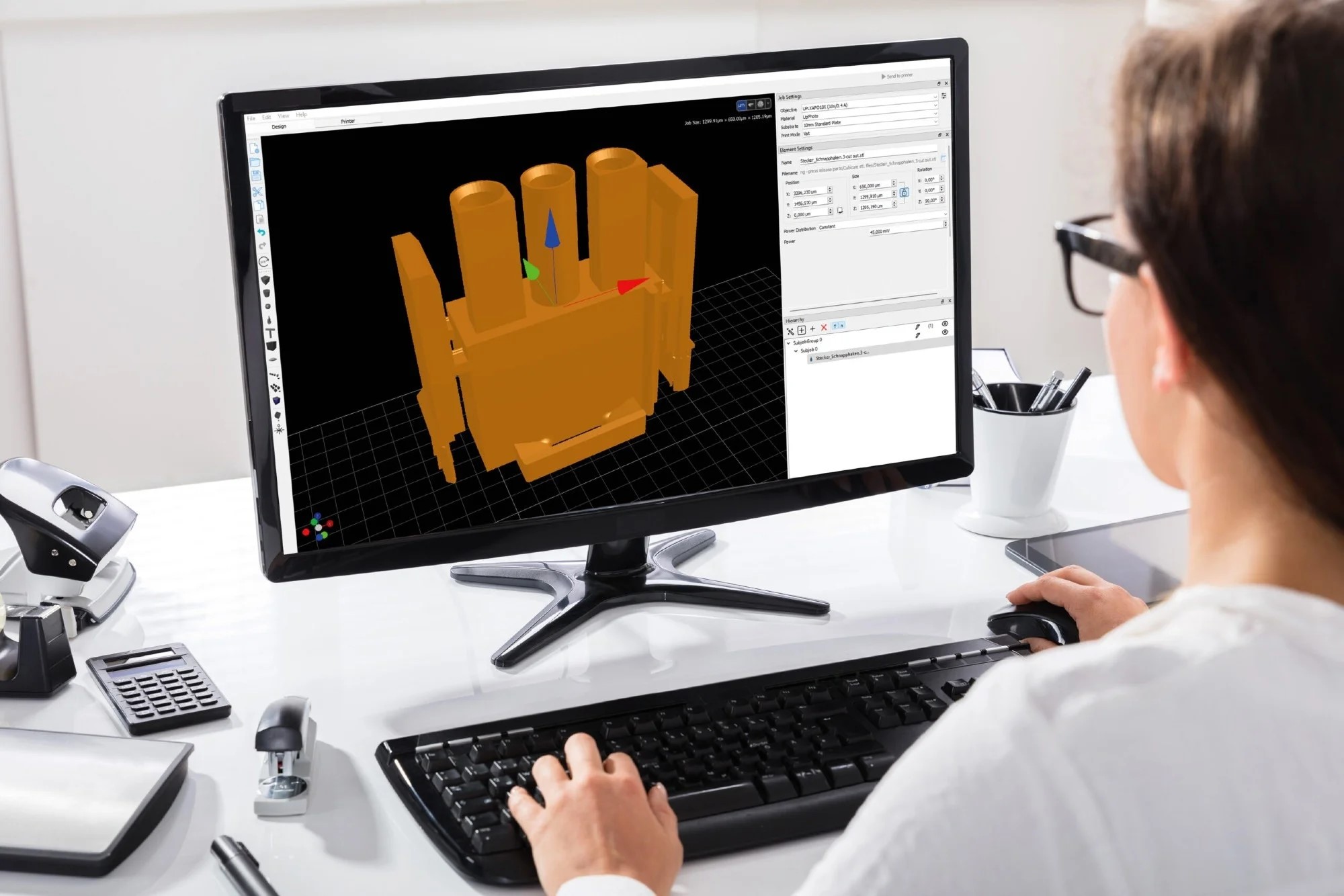


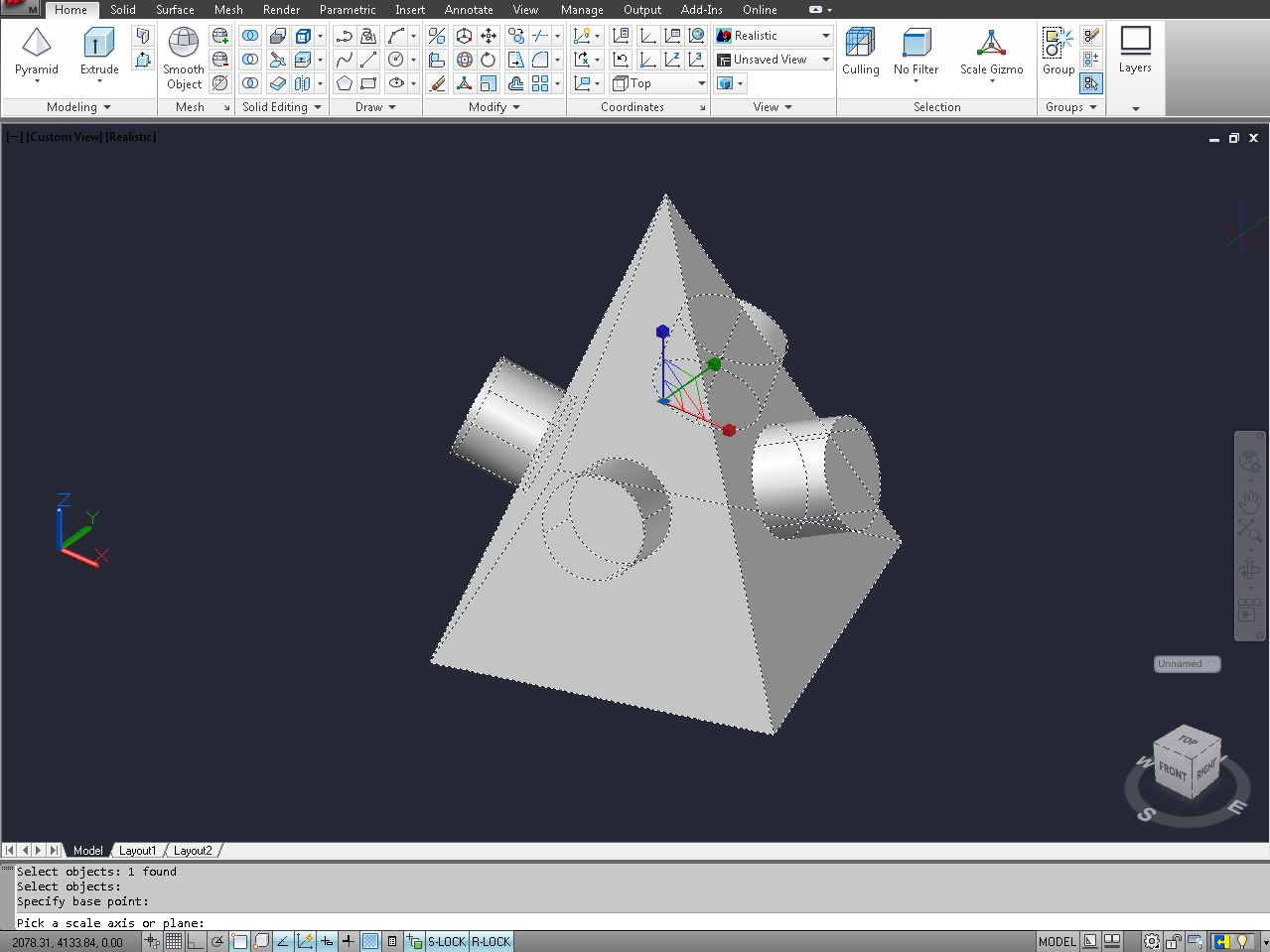


0 thoughts on “How Much Do CAD Designers Get Paid”